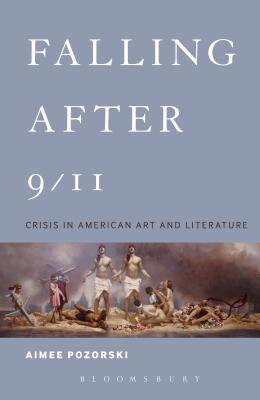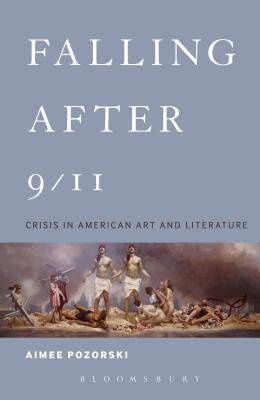
- Afhalen na 1 uur in een winkel met voorraad
- Gratis thuislevering in België vanaf € 30
- Ruim aanbod met 7 miljoen producten
- Afhalen na 1 uur in een winkel met voorraad
- Gratis thuislevering in België vanaf € 30
- Ruim aanbod met 7 miljoen producten
Zoeken
€ 88,45
+ 176 punten
Uitvoering
Omschrijving
Falling After 9/11 investigates the connections between violence, trauma, and aesthetics by exploring post 9/11 figures of falling in art and literature. From the perspective of trauma theory, Aimee Pozorski provides close readings of figures of falling in such exemplary American texts as Don DeLillo's novel, Falling Man, Diane Seuss's poem, "Falling Man," Jonathan Safran Foer's Extremely Loud and Incredibly Close, Frédéric Briegbeder's Windows on the World, and Richard Drew's famous photograph of the man falling from the World Trade Center.
Falling After 9/11 argues that the apparent failure of these texts to register fully the trauma of the day in fact points to a larger problem in the national tradition: the problem of reference-of how to refer to falling-in the 21st century and beyond.
Falling After 9/11 argues that the apparent failure of these texts to register fully the trauma of the day in fact points to a larger problem in the national tradition: the problem of reference-of how to refer to falling-in the 21st century and beyond.
Specificaties
Betrokkenen
- Auteur(s):
- Uitgeverij:
Inhoud
- Aantal bladzijden:
- 176
- Taal:
- Engels
Eigenschappen
- Productcode (EAN):
- 9781501319631
- Verschijningsdatum:
- 21/04/2016
- Uitvoering:
- Paperback
- Formaat:
- Trade paperback (VS)
- Afmetingen:
- 140 mm x 216 mm
- Gewicht:
- 208 g

Alleen bij Standaard Boekhandel
+ 176 punten op je klantenkaart van Standaard Boekhandel
Beoordelingen
We publiceren alleen reviews die voldoen aan de voorwaarden voor reviews. Bekijk onze voorwaarden voor reviews.








